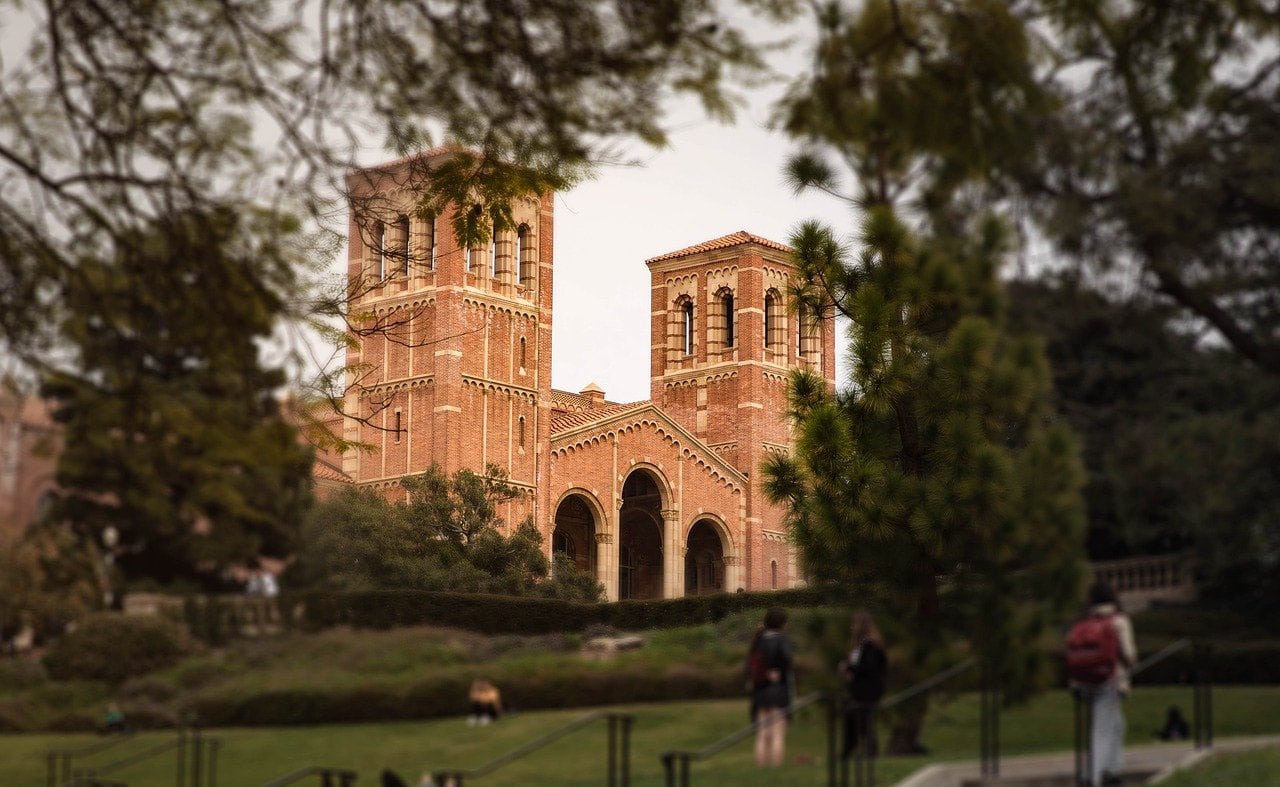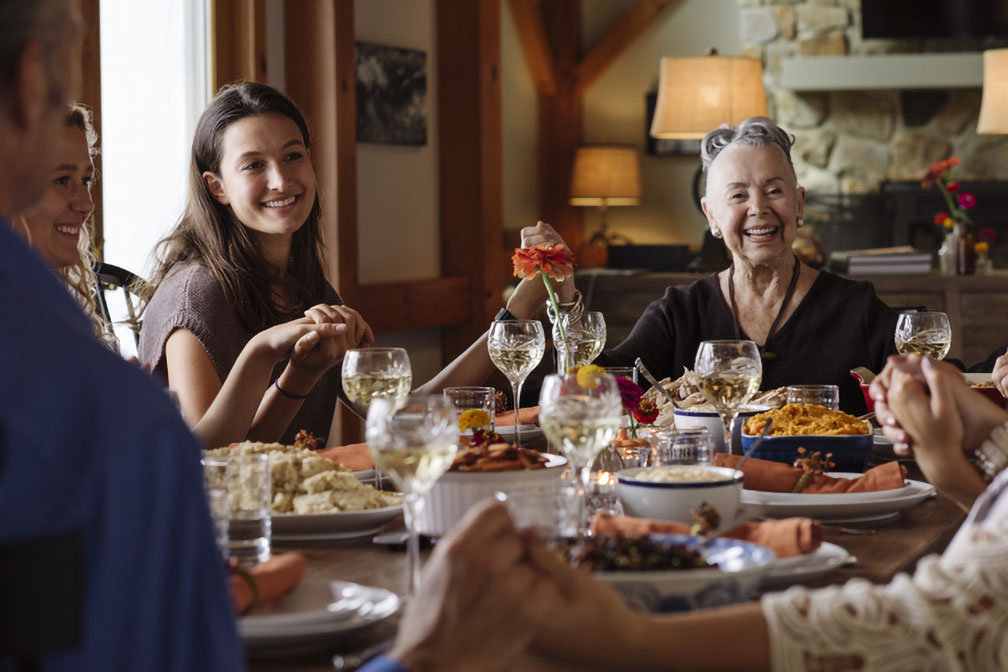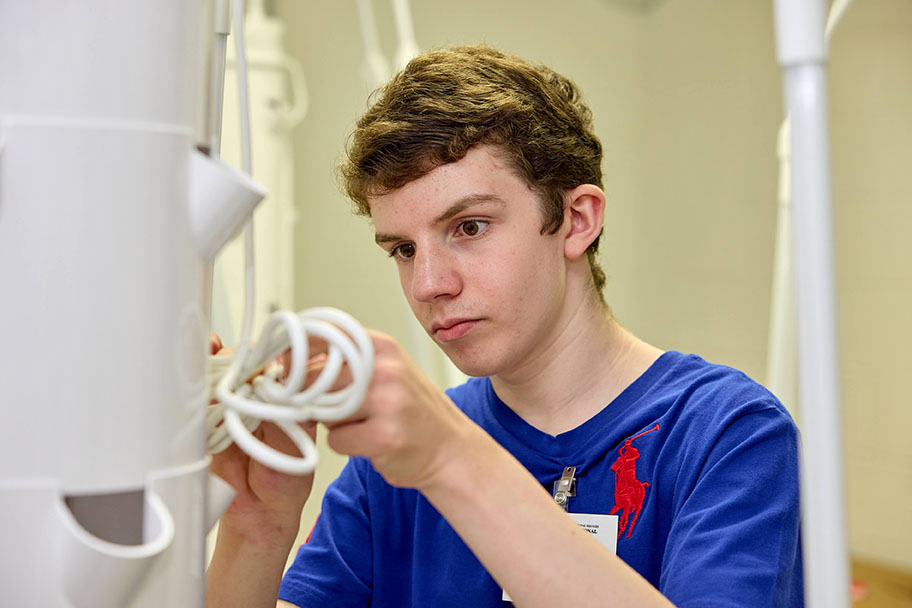The case of little Ela Reyes raises many thorny issues about church/state entanglement, parenting in a multicultural world, and the challenge of religious pluralism. Ela’s parents, Rebecca Reyes (born Jewish) and her now ex-husband Joseph Reyes (raised Catholic, converted to Judaism, and now returning to the Church) found themselves in court over the issue of his right to bring Ela to church. Cook County (Illinois) Judge Renee Goldfarb ruled that Mr. Reyes has the right to do so.
While not a simple matter, Judge Goldfarb has done the right thing. It may sound odd for a rabbi to defend such a ruling, but that’s the way it is. First, the only basis upon which the judge can rule is what is in the best interest of the child—psychologically, emotionally, and educationally. A civil court judge cannot consider the theological or religious rules which could be invoked in this dispute (i.e., Ela’s mother is Jewish, therefore Ela is Jewish).
Second, there is no evidence which shows that kids are harmed by exposure to multiple faith traditions. While such multiple exposures certainly diminish the likelihood of affiliating with one faith in particular, the argument that such exposure creates moral or psychic confusion is simply untrue.
Third, unless one claims that Judaism or Catholicism is inherently superior to the other, or that one of these faiths will harm Ela Reyes, there is no basis upon which to deny her participation in either church or synagogue. And even if one believes that there is such a difference, it is not up to the court to weigh in on that.
So Ela Reyes will do what more and more people, including the children of multi-faith families, are learning to do—appreciate that they are part of multiple religious communities and figure out how to honor that reality. Some will “choose a side,” but one hopes without rancor toward the ones not picked. The ability to affiliate with one tradition while genuinely respecting those who follow others is one of the central issues in contemporary public culture. We must learn to marry our passions—spiritual, political or otherwise—to a capacity for civility, or we really will destroy our world.
Some will claim multiple memberships, not unlike those who hold dual citizenship in two countries. Others will create new traditions by fusing the multiple faith traditions which inform their life. While these options may cause some discomfort, it’s worth remembering that they reflect genuinely positive realities that benefit us all, and which virtually none of us would give up.
The possibility of multiple memberships, like the reality of dual citizenship, exists only because of fundamentally positive relations between the different groups. Were that not the case, it would not be possible to imagine being affiliated with the two entities simultaneously.
Moreover, the process of creating new traditions that integrate the ideas and practices of many faiths is not so different from the process which gave rise to all the religions which we now think of as independent and discreet faiths. And while I am not suggesting that all syncretism (the concept of blending multiple faiths) is equal, it is simply a fact that each of today’s great faiths was built, at least in part, by borrowing motifs, practices, ideas, and language from the larger cultures in which they were situated.
The only shadow cast by the story of Ela Reyes is that of her father having her baptized without her mother’s knowledge and then taunting Ela’s mom with pictures from the event. That is both lousy parenting, sadly typical in divorces, and a real abuse of faith, which raises questions about the priest who did the baptism. Why did he perform a baptism without any sense of the family struggle? Was he simply so eager to “save” this child that he didn’t care? If so, he was perpetuated an ancient practice of forcibly converting Jews and he should be ashamed.
What about the Church itself? Now that this story is public, I wonder if the Catholic Church, presumably through the Chicago Diocese, will comment on this or discipline the priest. If not, then while I would still support the appropriateness of taking Ela to church, I would say that she is attending one that has no regard for the very ethics which form the basis of my support and that of Judge Goldfarb’s. And about that we should be concerned.
Rabbi Brad Hirschfield is the author of You Don’t Have to Be Wrong for Me to Be Right: Finding Faith Without Fanaticism, and is the President of Clal-The National Jewish Center for Learning and Leadership.



















 More news and opinions than at a Shabbat dinner, right in your inbox.
More news and opinions than at a Shabbat dinner, right in your inbox.